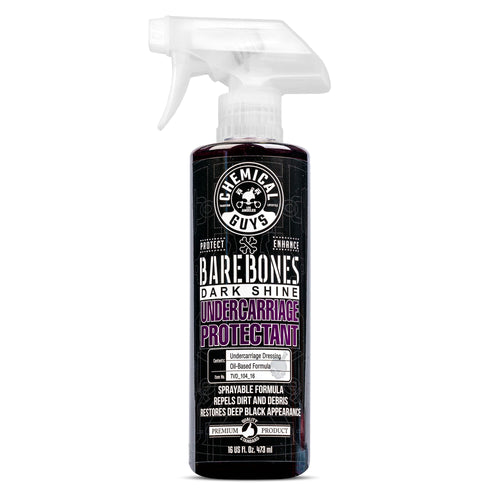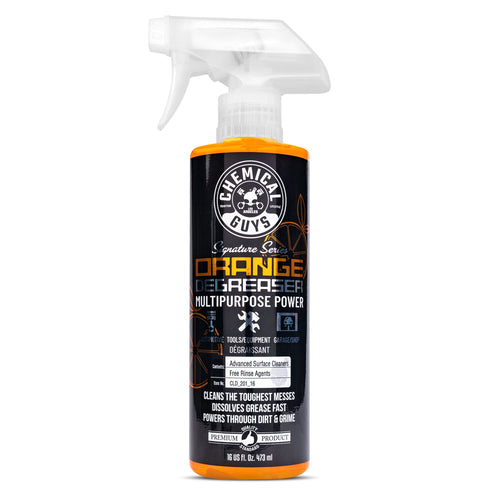Your undercarriage takes the brunt of every drive, so the cleaner you use needs more than muscle. The best tools mix power, precision, and chemistry to blast grime away and shield metal from rust and corrosion. Here’s what separates a true undercarriage cleaner from a basic rinse.
Spray Power That Packs a Punch
Road salt, sticky mud, and oily residue cling harder than you think. That’s why strong water pressure and wide spray coverage are musts. A punchy jet stream sweeps out buildup in a few passes, keeping hidden metal safe and saving you serious elbow grease.
Angles That Reach Every Corner
Wheel wells, springs, and suspension parts all love to collect gunk. Adjustable nozzles or swiveling spray heads make it easy to chase grime into tight spots so nothing gets left behind. The right cleaner doesn’t miss a corner, no matter how tucked away.
Smooth-Gliding Maneuverability
Crawling around under your ride shouldn’t feel like a gym workout. Rolling wheels and lightweight frames let you glide the cleaner underneath with ease. That smooth movement turns maintenance into a quick win instead of a weekend project.
Formulas That Mean Business
Water pressure handles loose dirt, but grease and heavy grime call for chemistry. Our Signature Series Orange Degreaser loads citrus extracts and advanced surfactants into a concentrated blend that slices through oil and buildup fast. Dilute it for light jobs, or keep it strong for stubborn messes. For shine and long-term defense, our Barebones Undercarriage Spray uses a durable oil-based formula that sticks to parts, restoring a fresh look while protecting against UV rays, salt, and dirt.
Protection That Lasts Beyond the Rinse
At the end of the day, the right cleaner leaves behind a layer of defense. Durable sprays guard subframes, fender liners, and suspension components so your ride stays sharp and road-ready. Every detail matters, even the ones most people never see.
Why Iron Removers and Degreasers Pair Perfectly with Undercarriage Cleaners
A strong undercarriage cleaner blasts away mud, salt, and road film, but certain contaminants need an extra push. Pairing your cleaner with a degreaser or iron remover takes the process further, leaving the hidden side of your car spotless and protected.
Degreasers Break Down Heavy Grime
Oil stains, grease, and caked-on residue often resist water pressure alone. A degreaser loosens this buildup so your undercarriage cleaner can rinse it away with ease. Our Signature Series Orange Degreaser uses citrus extracts and advanced surfactants to cut through layers of grease while foaming up to lift dirt safely. The result is a surface that’s primed for a deeper clean.
Iron Removers Target Stubborn Fallout
Those tiny orange or brown specks on metal parts are iron particles from brakes, construction zones, or salted winter roads. Left unchecked, they can lead to corrosion. An iron remover reacts directly with these contaminants, breaking them down and rinsing them out of seams and suspension parts. The color-changing action lets you see the cleaner working, making the process both effective and satisfying.
The Payoff of Pairing Products
Using a degreaser or iron remover before your undercarriage cleaner means you’re stripping away stubborn buildup instead of just rinsing the surface. This layered approach tackles grease, metallic fallout, and everyday road grime all at once, leaving your undercarriage cleaner, stronger, and better protected against the elements.
Must-Have Accessories from the Chemical Guys Arsenal
Cleaning your car’s undercarriage isn’t exactly the most glamorous part of detailing. But with the right accessories in your kit, it’s almost as fun as polishing up those chrome rims. Here’s a quick tour of the tools you’ll want by your side.
Undercarriage Pressure Washer Attachment
A high-powered spray aimed directly at the underbelly takes the pain out of washing underneath. This attachment connects to most pressure washers and delivers strong, targeted streams that sweep away dirt, salt, and grime in seconds. What once felt like a chore becomes smooth and straightforward.
Heavy-Duty Detailing Brushes
Some grime clings where water alone cannot reach. Long-handled, soft-bristled brushes and wheel-well cleaners let you dig into tricky corners and suspension parts. With the right brush, those stubborn patches finally give way, leaving the underside as clean as the rest of your ride.
Foaming Degreaser or All-Purpose Cleaner
Grease and oily residue need chemistry as well as pressure. A foaming degreaser or all-purpose cleaner breaks down buildup quickly and safely on both painted and metal surfaces. Spray it on, let it cling, then rinse to reveal a refreshed finish.
Microfiber Towels
Don’t underestimate the humble microfiber towel. Microfiber towels pull away lingering moisture and dirt from hidden seams. Keep a set dedicated to undercarriage work so the rest of your detailing gear stays spotless.
Protectant Sprays
Once you’ve banished grime, lock in your hard work with a spray-on protectant. These mists help repel future dirt, salt, and moisture, keeping your ride’s underside feeling fresh. With the right gear, tackling your undercarriage shifts from a dreaded task to another chance to geek out about your car’s cleanliness.
Read more:



